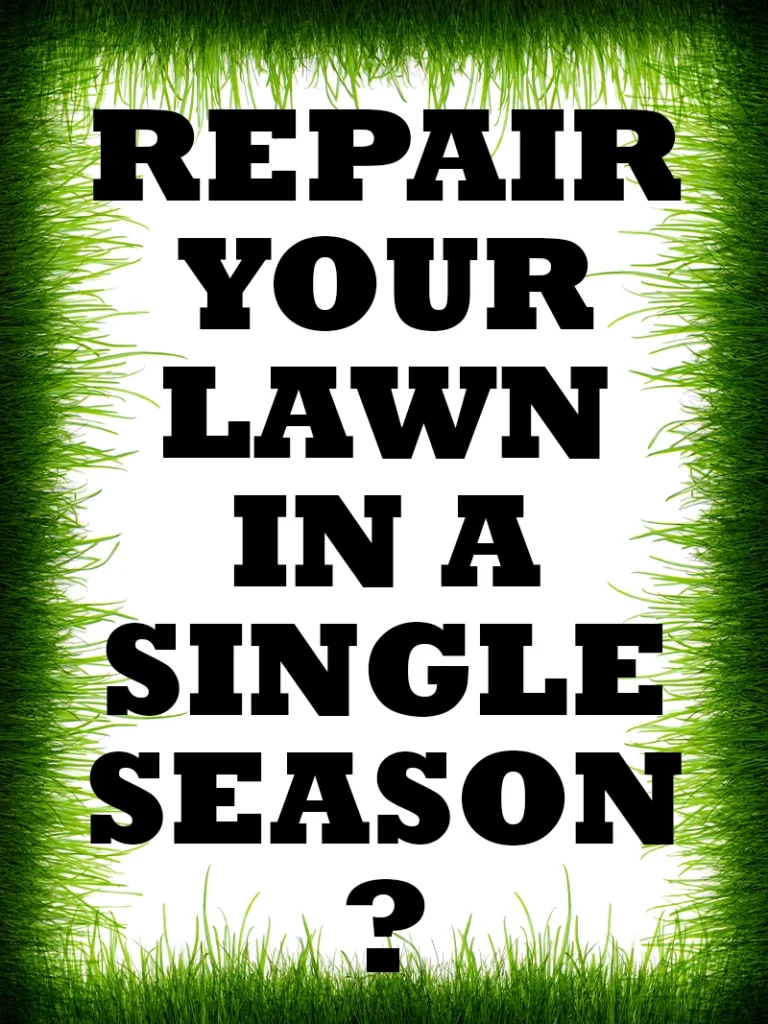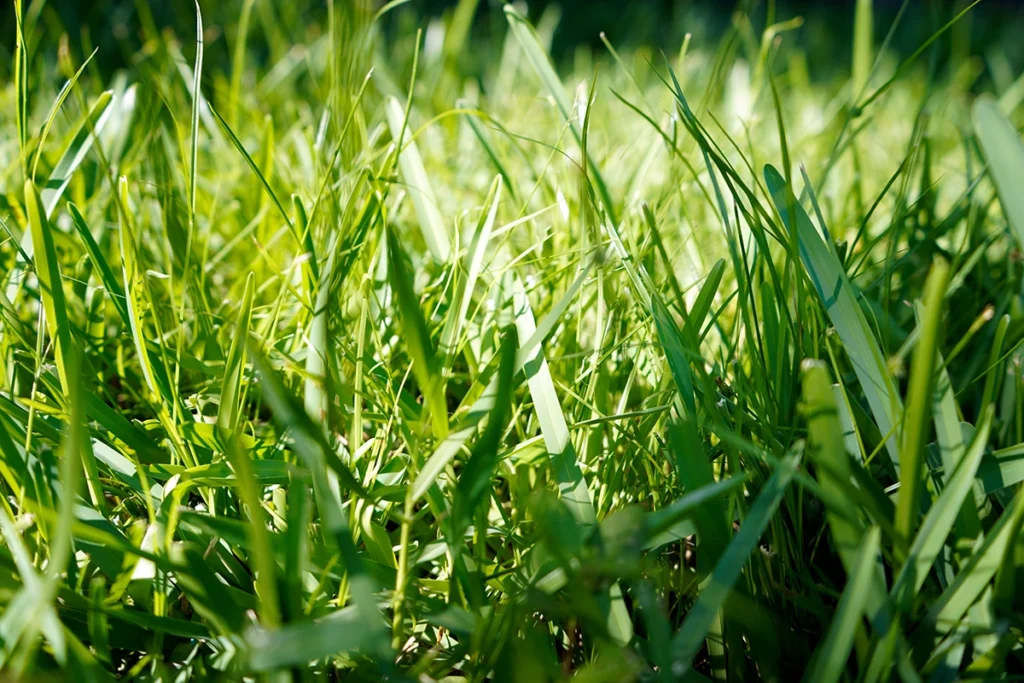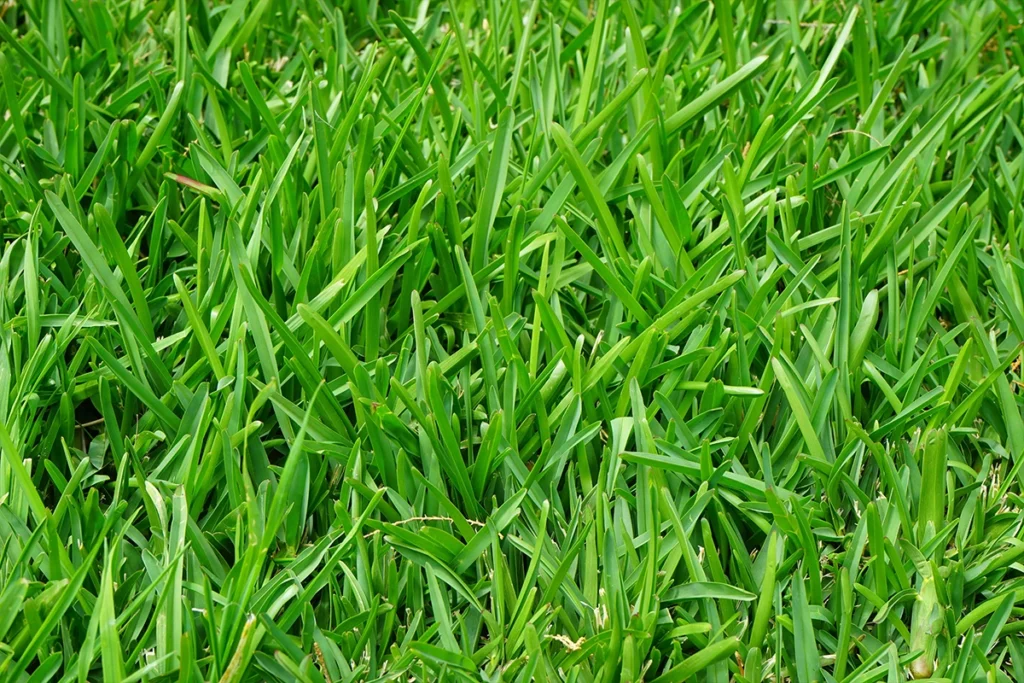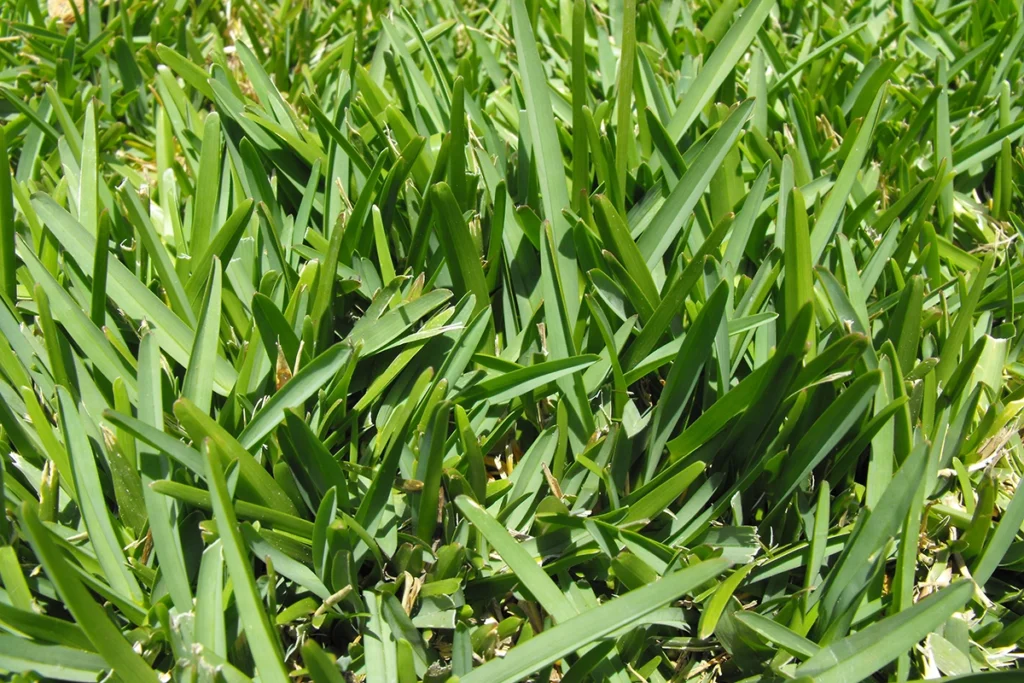
Repair Your Lawn in a Single Season
Transforming a neglected lawn into a lush, vibrant green space in a single season sounds like a tall order. But with a clear plan and a bit of dedication, it’s entirely achievable.
Whether you’re dealing with a yard that’s been left untended for years or a new lawn that hasn’t yet had the care it needs, this guide will walk you through the steps to revitalize your lawn.
So, let’s dive into the process of repairing your lawn!
Introduction: A Greener Future Awaits
Imagine stepping out into your yard and being greeted by a thick, green carpet of grass. A lawn that feels as good as it looks—soft underfoot and pleasing to the eye.
It’s not just a dream; with the right approach, this can be your reality by the end of the season. The journey to a better lawn involves understanding your current grass type, testing your soil, and adopting effective lawn care practices. Patience is key, as improvements won’t happen overnight. But by following these steps, you’ll be well on your way to a healthier, more attractive lawn.
Understanding Your Grass Type
Before diving into the nitty-gritty of lawn care, it’s crucial to identify the type of grass in your yard. The type of grass determines how you should care for it throughout the seasons.
In cooler regions, you’re likely dealing with cool-season grasses. Grasses such as Kentucky bluegrass, perennial ryegrass, or tall fescue. These grasses thrive in the spring and fall when temperatures are cooler. During the hot summer months, they may go dormant, turning brown but not dead.
- In warmer regions, grasses such as Bermuda, Zoysia, St. Augustine, and Centipede thrive in the heat. These grasses may brown in winter but are resilient and bounce back in warm weather.
- For those in transition zones, managing both cool and warm-season grasses can be more challenging. Understanding whether your lawn has a mix of both types is essential for proper care.
- If you're uncertain about your grass type, an online search for local grass types can provide clarity.
What are common grass types used in the Bay Area?
Pilot138-17, CC BY-SA 4.0, via Wikimedia Commons
Kentucky Bluegrass
- Description: A cool-season grass that forms a dense, lush lawn with a rich green color.
- Best For: Cooler coastal areas and shaded lawns.
- Considerations: It can be slower to establish compared to other grasses and may require more frequent watering.
Fine Fescue
- Description: A group of cool-season grasses known for their fine texture and shade tolerance.
- Best For: Shaded areas and lawns where a fine texture is desired.
- Considerations: Generally requires more maintenance and is less tolerant of heat compared to other grass types.
Pilot138-17, CC BY-SA 4.0, via Wikimedia Commons
Tall Fescue
- Description: This cool-season grass is valued for its tolerance to heat and drought, as well as its deep root system.
- Best For: Lawns that need to withstand variable weather conditions, including some drought tolerance.
- Considerations: It requires more frequent mowing to maintain its best appearance.

The Importance of Soil Testing
Soil testing might seem like an unnecessary step, but it’s crucial for tailoring your lawn care to your specific needs. Testing your soil helps you understand its nutrient content, pH levels, and health. This information is vital for choosing the right fertilizers and amendments.
Imagine applying a general fertilizer only to discover that your soil already has high phosphorus levels. A soil test helps you avoid such pitfalls by guiding your choices. Testing your soil is straightforward, and many home testing kits are available. For those new to lawn care, it’s worth investing in a soil test to ensure you’re using the right products for optimal results.
Pre-Emergent Weed Control: Preventing Problems Before They Start
Weeds can be a significant challenge in any lawn, particularly in neglected or poorly maintained areas. Applying a pre-emergent herbicide is an effective strategy to prevent weeds, especially those like crabgrass.
Pre-emergents work by creating a barrier in the soil that prevents weed seeds from germinating. Apply these products before the soil temperature reaches 55 degrees Fahrenheit. Many pre-emergent products also include fertilizers, which can be beneficial.
For existing weeds, especially stubborn ones, consider using post-emergent herbicides. These products target weeds that have already emerged. Spot-spraying affected areas is an efficient way to manage weeds without impacting the healthy grass. Generic weed removal products are available for common weeds, but always check that they are suitable for your grass type.
Mowing: The Unsung Hero of Lawn Care
Mowing might seem like a simple task, but it’s a cornerstone of effective lawn care. Many homeowners overlook its importance or fall into the trap of mowing too often or cutting too short. Proper mowing practices can impact your lawn’s health and appearance.
For cool-season grasses, maintain a mowing height of about three inches. This height helps the grass stay lush and reduces the frequency of mowing. Cutting too short can stress the grass and lead to issues like weed infestations.
Warm-season grasses like Bermuda and Zoysia benefit from slightly shorter mowing heights. However, the key is consistency. Frequent mowing, ideally once a week or more, prevents the grass from becoming overgrown.
Ensure your mower blades are sharp to make clean cuts. Dull blades can tear the grass, leading to a ragged appearance and increased susceptibility to disease. Sharpening your mower blades will help keep your lawn looking its best.
Fertilization: Nourishing Your Lawn
Fertilization is another critical aspect of lawn care. Properly timed applications of fertilizer provide essential nutrients. For cool-season grasses, the best times for fertilization are in late spring and fall. During these periods, the grass is growing and can make the most of the nutrients.
Warm-season grasses benefit from fertilization during the peak of summer. This timing aligns with their active growth phase. Be cautious not to over-fertilize. Over-fertilizing can lead to excessive growth and increased vulnerability to pests and diseases.
Irrigation: The Key to a Thriving Lawn
Irrigation is crucial for maintaining a healthy lawn, especially during dry spells. For cool-season grasses, you can allow the lawn to go dormant during extreme heat, as it will recover when temperatures cool down. However, if you prefer to keep it green, supplemental irrigation is necessary.
Warm-season grasses generally need more consistent watering, particularly during dry periods. Ensure your irrigation system is set up to provide adequate moisture without over-watering. Over-watering can lead to shallow root systems and other issues.
Conclusion: Your Lawn’s New Beginning
By following these steps, you’re well on your way to transforming your lawn into a vibrant, healthy green space. It’s important to remember that lawn care is a journey, not a destination. With patience and persistence, you’ll see remarkable improvements by the end of the season.






